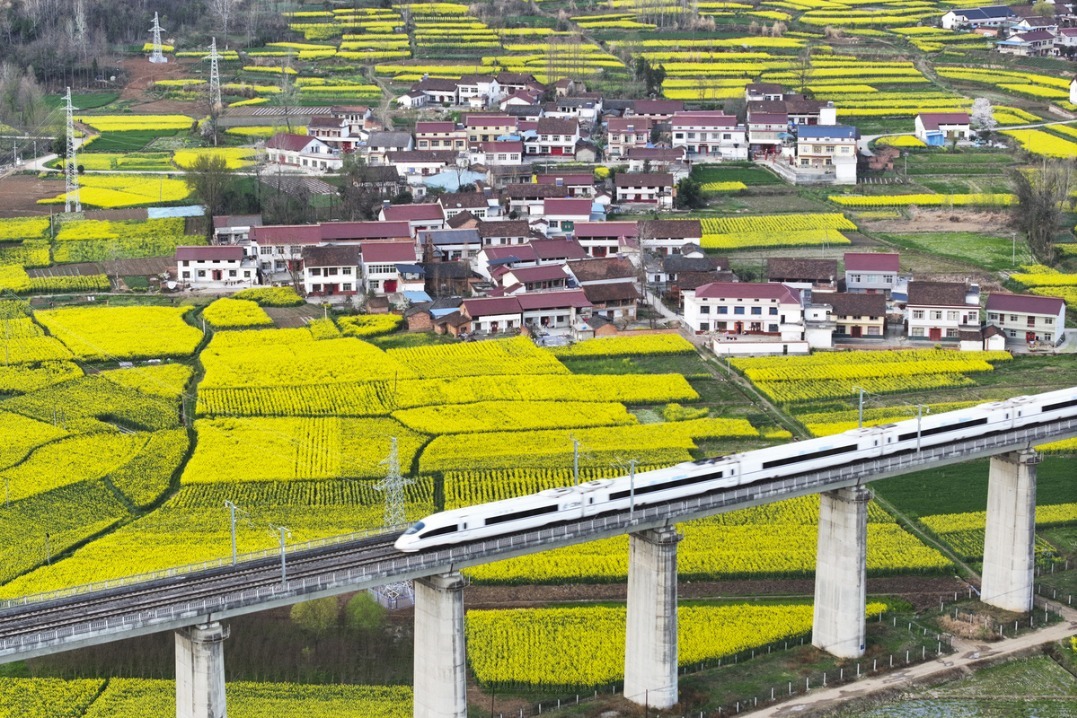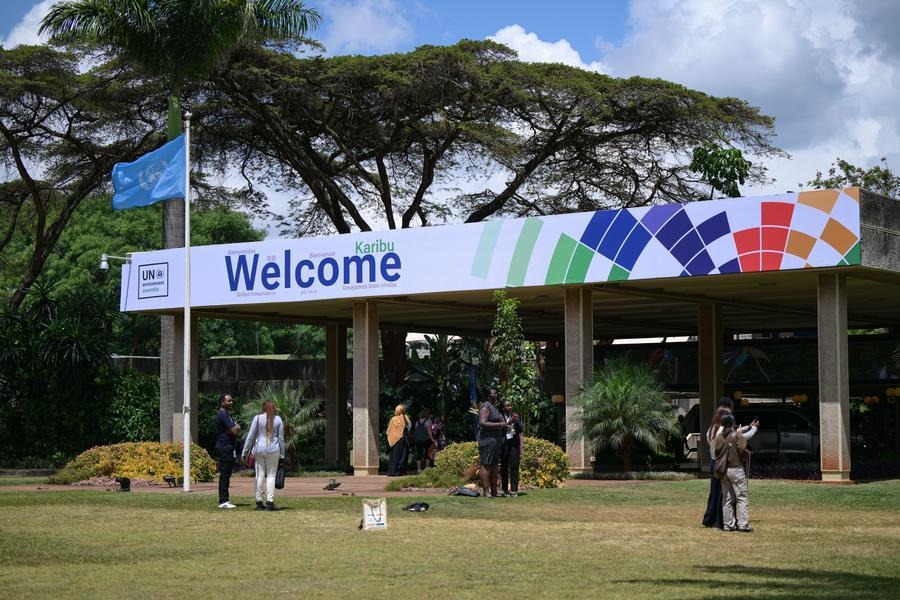Africa's plan to create efficient, competitive energy sector gets boost
By Edith Mutethya in Nairobi, Kenya | chinadaily.com.cn | Updated: 2020-11-03 20:21

Africa's plan to create an efficient, competitive energy sector to serve the continent's vast non-connected population got a boost after the African Union Development Agency and the African Development Bank released a report on development of a continental energy grid market..
The recommendations of the baseline study include establishing a permanent unit to develop the masterplan to produce a skills transfer within the African Union Development Agency and the five regional power pools.
The power pools include Southern African Power Pool, Eastern Africa Power Pool, Central African Power Pool, West African Power Pool and North African Power Pool.
The recommendations also involve aligning the plan with existing infrastructure projects, such as those identified under the Program for Infrastructure Development in Africa, a joint initiative of the African Union Commission, African Union Development Agency and the African Development Bank.
The recommendations were discussed at a roundtable meeting between the partners organized by the African Development Bank on Oct 28.
According to Cheikh Bedda, the director of infrastructure and energy at the African Union Commission, the continent plans to develop a single electricity grid that will guarantee secure, reliable, affordable and sustainable electricity supplies to enhance the economic prospects of the continent.
"This can only be realized with a well-coordinated, widely accepted and highly articulated masterplan," he said.
Kevin Kariuki, vice-president for Power, Energy, Climate and Green Growth at the African Development Bank Group, said the continental masterplan will provide a holistic roadmap to connect countries to each other within a single regional power pool.
It will also connect the power pools into a single electricity market, promoting energy access and regional integration.
The European Union agreed to support phase 1 under its EU Technical Assistance Facility for sustainable energy, under the scope of the African Union-European Union partnership for the harmonization of African Single Electricity Market Regulatory Framework.
African energy ministers directed the African Union Development Agency to promote a continental transmission masterplan during the African Union Specialized Technical Committee meeting on Infrastructure held in Mauritania and Cairo in 2018 and 2019, respectively.
"This will be a game changer, since, in the long term, a continental transmission network will allow energy trade within Africa, as well as off the continent with Europe and Asia through existing links," Ibrahim Mayaki, the CEO of the African Union Development Agency, said.
The continental transmission network will be connected with Europe through the existing link between Morocco and Spain and planned links between Egypt, Libya, Tunisia and Algeria with Italy.
In addition, it will be connected with Asia via the existing link between Egypt and Jordan, and also connected to the Gulf States via the existing link between Egypt and Saudi Arabia, thus creating a huge intercontinental energy market.
Over 640 million Africans lack access to energy, corresponding to an electricity access rate for African countries at just over 40 percent, the lowest in the world, according to the African Development Bank.
Per capita consumption of energy in Sub-Saharan Africa, excluding South Africa, is 180 kilowatt-hours, compared to 13,000 kilowatt-hours per capita in the United States and 6,500 kilowatt-hours in Europe.
Electricity demand in Africa is 700 terawatt-hours, with the North African economies and South Africa accounting for over 70 percent of the total, according to the International Energy Agency.
Africa's energy potential, especially renewable energy, is enormous, yet only a fraction of it is being employed.
According to the African Development Bank, hydropower provides about a fifth of current capacity but not even a 10th of its total potential is being utilized. Similarly, the technical potential of solar, biomass, wind and geothermal energy is significant.
The bank estimates that Africa has an almost unlimited potential of solar capacity at 10 terawatts, abundant hydro at 350 gigawatts, wind at 110 gigawatts, and geothermal energy sources at 15 gigawatts.
The International Renewable Energy Agency estimates that renewable energy capacity in Africa could reach 310 gigawatts by 2030, which would put the continent at the forefront of renewable energy generation globally.
























